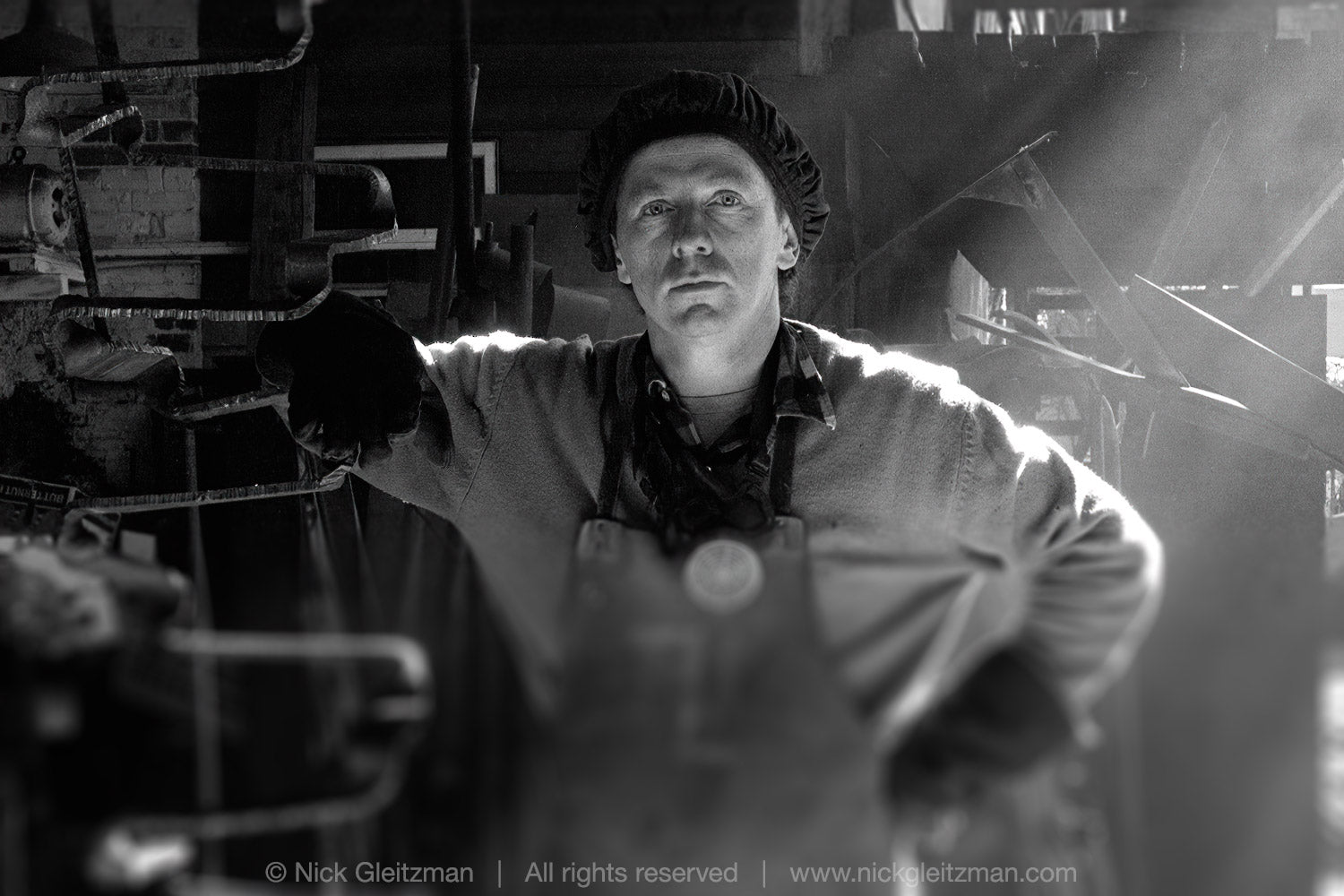Three things are certain:
Death, taxes, and lost data.
Guess which has occurred.
~ Error message in the form of a Japanese haiku, written for the Sony Vaio OS, 1998
Recently I upgraded my Photoshop to the 2020 version, after almost two years. I resist upgrading software, and the OS, while I'm busy being productive. There’s always some downtime and a reduction in productivity involved in major decimal point upgrades. I like stable. But it became clear very quickly that my trusty old 2010-model Mac Pro wasn't up to the task of running the latest PS, or Lightroom, properly.
Recently I’ve been working on a collection of images from China to add to my website. My workflow is to export 16-bit files from LR, and duplicate the image on a new layer to apply Topaz Labs great Sharpen AI app, and give the files a final tonal tweak with a Levels or Curves adjustment layer. This results in files up to – and over – half a gig per frame. I make use of PS Actions to automate things as much as possible, but sooner or later I have to assess and tune each image individually. I spend a lot of time looking at progress bars.
Over my morning coffee, I drooled over the specs of the latest model Mac Pro, only to be handed a reality check in no uncertain terms when I got to the prices, and then to be completely floored when I realised the beautiful Pro Display XDR 30in Retina 6K monitor doubles the base price of the Mac itself. I mean, really, a thousand US bucks for a stand? Unfortunately, there’s no getting away from the stark reality of trying to do business in the Year Of COVID-19. Sales are down; I’ll just have to wait a while for a new Mac.
So, I think, in the meantime, let’s give my trusty old Mac a kick in the pants, and see if we can get a bit more performance in that nice new version of PS.
First up: RAM. My Mac's been chugging along nicely enough on an assortment of 2Gb, 4GB and 8Gb chips, for a total of 32Gb. But I noticed some time ago that if I wanted the best performance out of PS and LR, I could only run one at a time. Tedious, to say the least. I discovered that the terrific folks at OWC sell an upgrade kit of eight 16Gb RAM modules for US$419. Add 25 bucks for airfreight, and boom – 128Gb. That’s better ...
Next: graphics card. Some more research, and yes, the old Macs can be upgraded to an 8Gb GPU – if the OS is upgraded to 10.14 Mojave. (I've been running 10.13.6 for ages – as I said, I like stable.) Metal support, a confident expectation of smooth and responsive rendering of filters and effects, and increased performance in LR; yes, please. But first, of course: backup. Clone the boot drive so that I have a fallback position, just in case – SOP.
And ... I discover the 10.13.6 external drive bug. The 1Tb drive I use to back up my primary HD – the one with the OS and all my apps on it – won’t mount. Can’t read, can’t write, can’t reformat. Back online to find a fix, and I come across this gem, more than once: “To force a reformat of a non-responsive drive, in Terminal, type diskutil eraseDisk JHFS+ Backup /dev/disk2.” Now, I admit that I'm not a frequent user of Terminal. I’ve heeded the warnings of its power over the years. I know my way around my Mac, but I’m much happier with a dialogue box that asks me, “Are you really sure you want to do that?”
I intended to paste that diskutil command in, delete the last 2 and replace it with a 5 to identify my external drive, and execute. But I hit Enter by reflex ... did I mention powerful? In seven seconds, the drive I use for storage of music, movies, e-books, fonts, archived websites I’ve built, and more, was blanked. 1.5Tb of data, gone.
Did I get an adrenaline hit? Absolutely. For seven seconds. But only for seven seconds – because I have a cloud-based backup. I use the brilliant Backblaze service, which runs constantly in the background, copying new and edited files to their server. Intelligently releasing bandwidth for other online use, it works mainly at night, or whenever there’s no other online activity, 24/7/365. The only files I might have lost would have been those created or edited in the few hours prior to my simple mistake, and afaik, there were none.
The biggest inconvenience was the time it took to recover the data. The download speed was around 25-30 Mbits/sec, and it took three days, but every byte was 100% recovered. I could have ordered a hard drive from them with the data loaded on it to be airfreighted to me, but that would have been another US$200+, and, hey, I was supposed to be doing an economical upgrade.
Backblaze costs me under US$5 a month; that’s peanuts for this level of peace of mind. I opened the account five years ago to back up my image archive, which is my primary business asset, but their service offers unlimited storage, so it was a no-brainer to add my other drives as well.
At least my problem wasn’t terminal.
Also in 1,000 Words


Nothing Is Real 2


Nothing Is Real





